| Structure | Name/CAS No. | Articles |
|---|---|---|
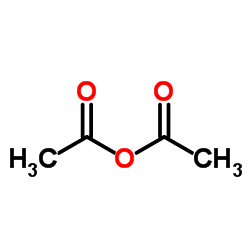 |
Ethanoic anhydride
CAS:108-24-7 |
|
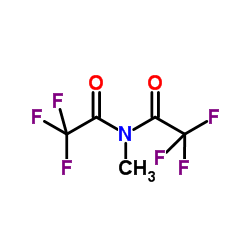 |
N-Methyl-bis(trifluoroacetamide)
CAS:685-27-8 |
|
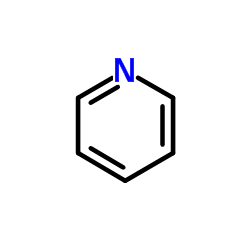 |
Pyridine
CAS:110-86-1 |
|
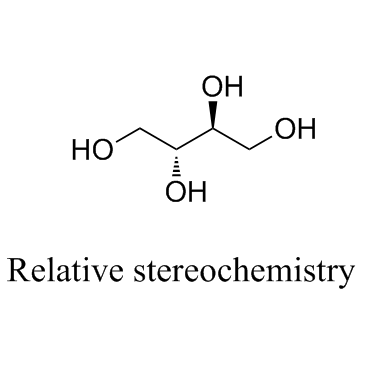 |
Erythritol
CAS:149-32-6 |
|
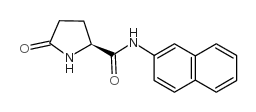 |
L-pyroglutamic acid beta-naphthylamide
CAS:22155-91-5 |
|
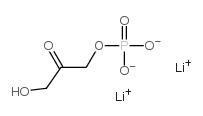 |
Dihydroxyacetone phosphate dilithium salt
CAS:102783-56-2 |